If you’re looking for a refreshing, juicy and tart burst of flavor, grapefruits certainly deliver. While they are large in comparison to other citrus fruits like the sweet orange, grapefruits are sometimes described as having a “bitter and sour punch,” which is why not everyone is a fan of its flavor. However, if you choose the right variety, you’ll be taken by its citrusy sweetness.
Grapefruits can be consumed by themselves or added to any type of fruit or green salad. They’re also a unique and delicious addition to salsa. These fruits have a smooth skin with fine dots all over it, but it’s the color of the flesh inside that determines its classification as a white (blonde), pink or red grapefruit. Another variety is “oro blanco,” a cross between a white grapefruit and pomelo, described to be sweet with no hint of bitterness.
Possibly a cross between an orange and a pomelo, grapefruits were discovered in Barbados and exported from that region a century later. They reached Florida in 1823, where they were widely cultivated. The state still produces the majority of the U.S. crop, with help from other subtropical states like California, Arizona and Texas. Brazil, China, Mexico and the U.S. are the major world suppliers of grapefruit and other citrus fruits.
Some grapefruit varieties are puckeringly sour and bitter while others succulently sweet. Some grapefruits are seedless, like the Marsh variety, but most contain a handful of white seeds. Heavier fruits often indicate thinner skin and juicier flesh. If they appear to have brown heavy bumps, they may be old, meaning the flesh can be bitter and unappetizing.
Ripe grapefruits are firm and give a bit when pressed, but not too spongy. Having soft spots indicates they’re on their way to turning rotten. Once they reach your kitchen, keep them at room temperature if they’ll be eaten within 10 days. If you’ve peeled them and have leftovers, keep them wrapped and refrigerated — they should be consumed in the next three to four days. Before peeling a fresh grapefruit, always wash it thoroughly, as any germs on the outside can and will reach the edible part of the fruit.
You can section and eat grapefruits as you would an orange, but one popular way involves slicing them in half around the middle, using a paring knife to cut each section between the membranes, and removing with a spoon. This takes a minute, but it’s worth it! The riper the grapefruit, the better the taste — and the antioxidant power it offers.
Health Benefits of Grapefruit
Grapefruits contain an incredibly healthy amount of vitamins, namely vitamins A and C. They are also a good source of dietary fiber, which helps decrease the transit time of waste in the colon.
A wide assortment of other vitamins and minerals are part of this fruit’s makeup, but one of the most vital is potassium, which is important for the makeup of cell and body fluids and in controlling the heart rate and blood pressure. Grapefruits contain folate, thiamin, vitamin B6, calcium and magnesium, as well as lesser amounts of many more phytonutrients like narirutin, naringin and poncirin.
Vitamin C, of course, is associated with increased immunity to infection, as well as potential in alleviating inflammation, even in conditions like asthma, osteoarthritis and rheumatoid arthritis. Of all fruit juices, grape juice is ranked among the highest in antioxidants, but grapefruit juice follows closely behind it.
Health experts advise including an assortment of fruit juices in your repertoire to achieve the optimum array of antioxidant power. Make sure you always choose 100% pure fruit juice — otherwise, you’ll most likely be ingesting unwanted high-fructose corn syrup (HFCS).
In terms of differences between grapefruit varieties, red grapefruit contains more flavonoids and anthocyanins, while the nutritional difference between white and pink grapefruit is that the rosy flush reflects lycopene content not seen in white varieties. This is the same compound that provides the color in tomatoes, apricots, papaya and watermelon. Lycopene helps lower triglycerides, contains the highest capacity among all the carotenoids to help fight free radical damage and protects the skin from UV rays.
Here’s a dramatic statistic: A research study comparing men who ate lycopene-rich foods the most with those who ate the least, showed that those who eat these foods are 82% less likely to develop prostate cancer.
Another study shows that eating grapefruit may lower the risk of developing kidney stones. Limonin, another phytonutrient, suppresses cancerous cell and tumor growth. The pectin in grapefruits may help inhibit hardening of the arteries and lower the LDL or “bad” cholesterol, reducing it dramatically in a matter of days, even in low amounts. The flavonoid naringenin may help inhibit the hepatitis C virus, repair DNA in prostate cancer cells and reduce the risk for dyslipidemia (high blood cholesterol) and diabetes.
Despite these benefits, be sure that you only consume grapefruit in moderation, as they contain fructose, which can be harmful to your health in excessive amounts. Also note that eating grapefruit may, in rare cases, may interfere with certain medications, so you may want to discuss this with your doctor.
Grapefruit Nutrition FactsServing Size: 3.5 ounces (100 grams), raw, white, all areas |
||
| Amt. Per Serving |
||
| Calories | 33 | |
| Total Fat | 0.10 g | |
| Saturated Fat | 0.014 g | |
| Trans Fat | ||
| Cholesterol | 0 mg | |
| Sodium | 0 mg | |
| Total Carbohydrates | 8.41 g | |
| Dietary Fiber | 1.1 g | |
| Sugar | 7.31 g | |
| Protein | 0.69 g | |
| Vitamin A2 µg | Vitamin C | 3.33 mg |
| Calcium12 mg | Iron | 0.06 mg |
Studies on Grapefruit
A study analyzing grapefruit’s effect on insulin resistance, body weight and metabolic syndrome involved 91 obese patients in groups consuming placebos, apple juice, grapefruit juice, grapefruit capsules or fresh grapefruit. The fresh grapefruit group lost significantly more weight than the placebo group over 12 weeks.
Half of a fresh grapefruit eaten before meals also was associated with significant weight loss, improved insulin resistance and a reduction in two-hour post-glucose insulin level. Researchers concluded that, while the mechanism of the weight loss was unknown, eating grapefruit as part of a weight loss program made sense.
Grapefruit, limonin, grapefruit pulp powder and the flavonoid naringen (similar to naringenin) were examined for their abilities to suppress the proliferation and programmed death of colon cancer cells. The result: Only untreated grapefruit and limonin helped suppress carcinogens or raised the cancer cell-neutralizing index. Scientists concluded from these findings that eating grapefruit may help inhibit the development of colon cancer.
Grapefruit Fun Facts
Despite what their name may imply, grapefruits are not related to grapes. Their name is actually derived from the way they grow on the tree — in clusters, similar to these purple berries. Grapefruits are 75% juice. The average grapefruit provides about two-thirds of a cup of fresh-squeezed juice.
Summary
If you’re looking for the health benefits of delicious tropical grapefruits, it won’t take long to find them. They’re rich in vitamin C, which may help fight infection, bolster the immune system, alleviate inflammation, and reduce the risk of asthma, osteoarthritis and rheumatoid arthritis. In addition, grapefruits contain lots of fiber and potassium, as well as folate, thiamin, vitamin B6 and calcium.
Pink grapefruits contain lycopene, a hard-working carotenoid that helps lower triglycerides, fight free radical damage and protect the skin against UV rays.
Among many other benefits, lesser-known phytonutrients like limonin, pectin and naringenin may help suppress cancerous tumors, lower cholesterol, repair DNA in prostate cancer cells and reduce the risk of colon cancer.
With all these health benefits, don’t just eat grapefruit for breakfast. Try experimenting. A fun way to enjoy grapefruit is to chop and add it to cooked shrimp and avocados with a splash of extra-virgin olive oil. Paridisi!

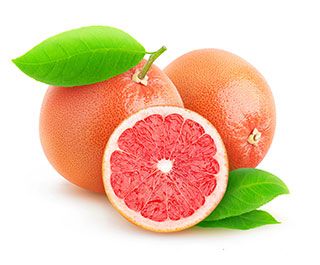
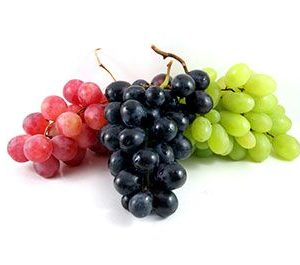
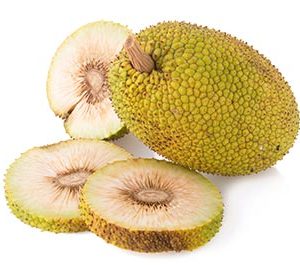
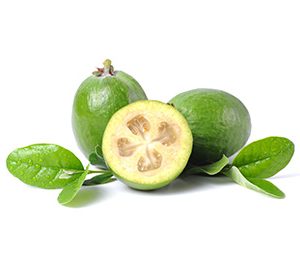
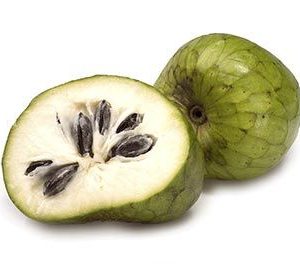
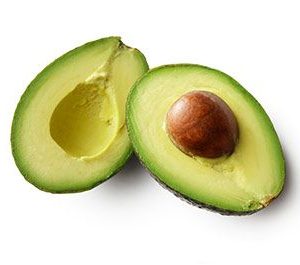
Reviews
There are no reviews yet.